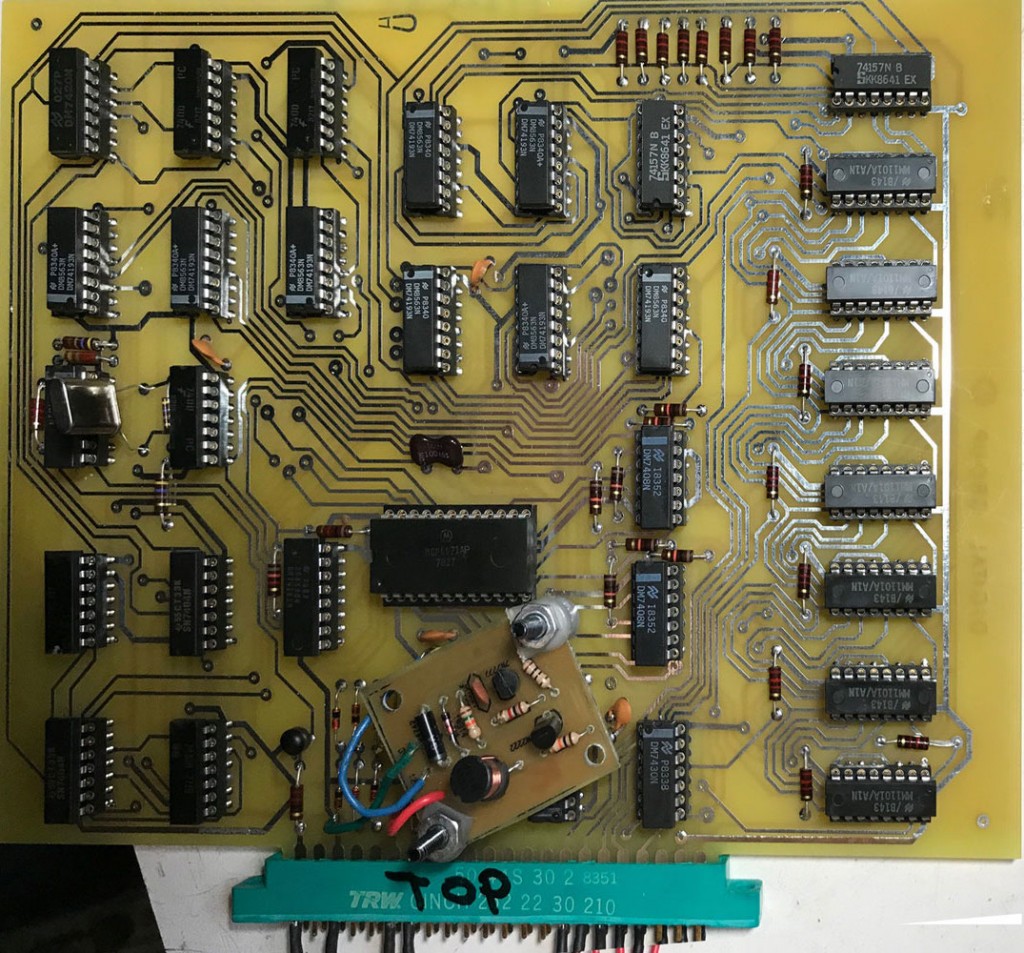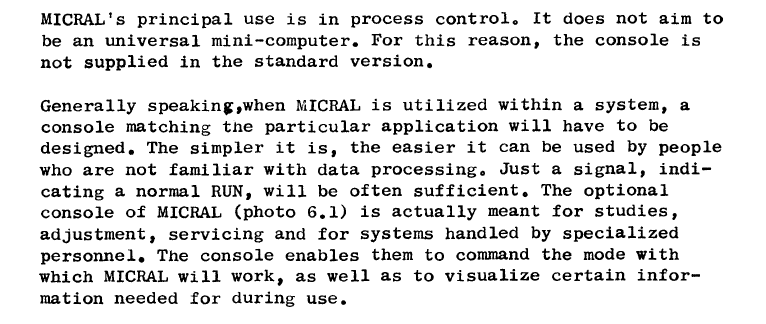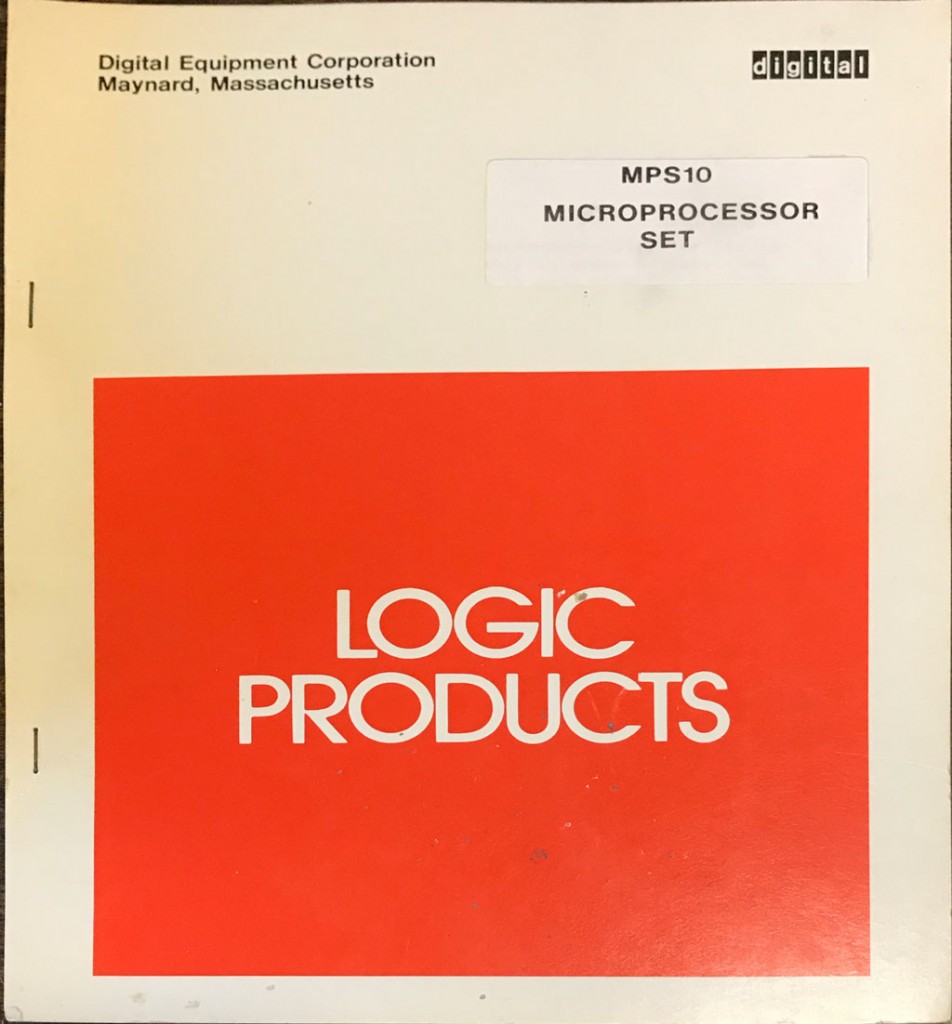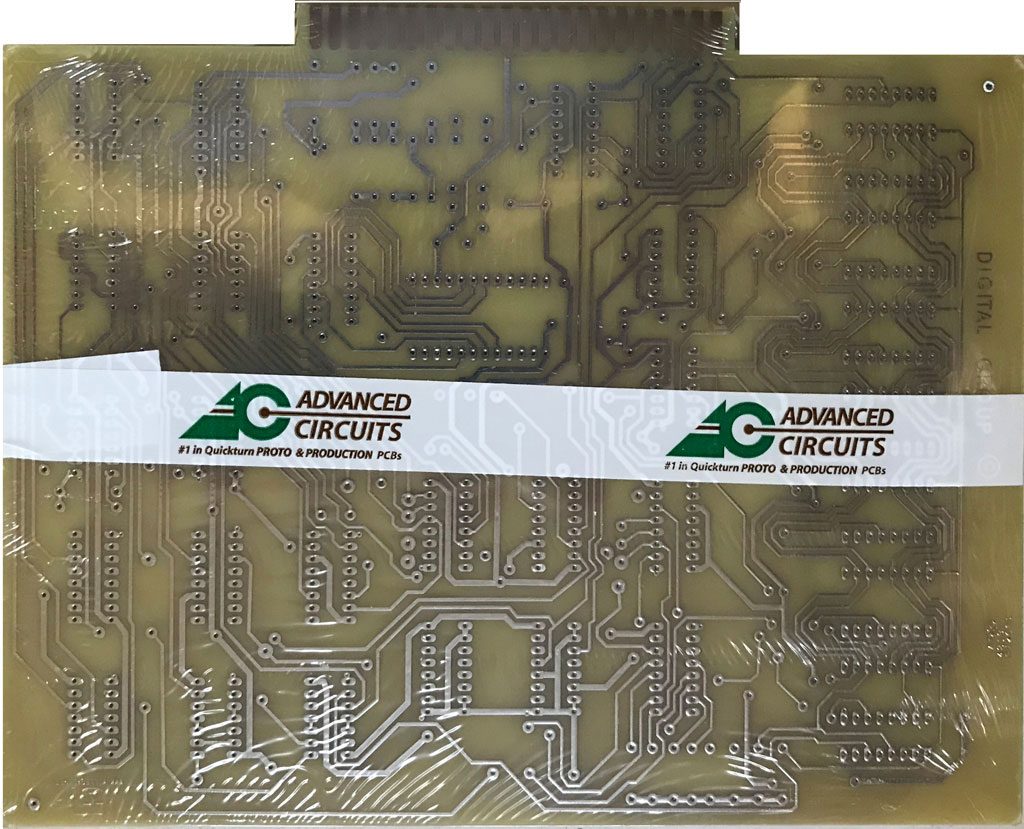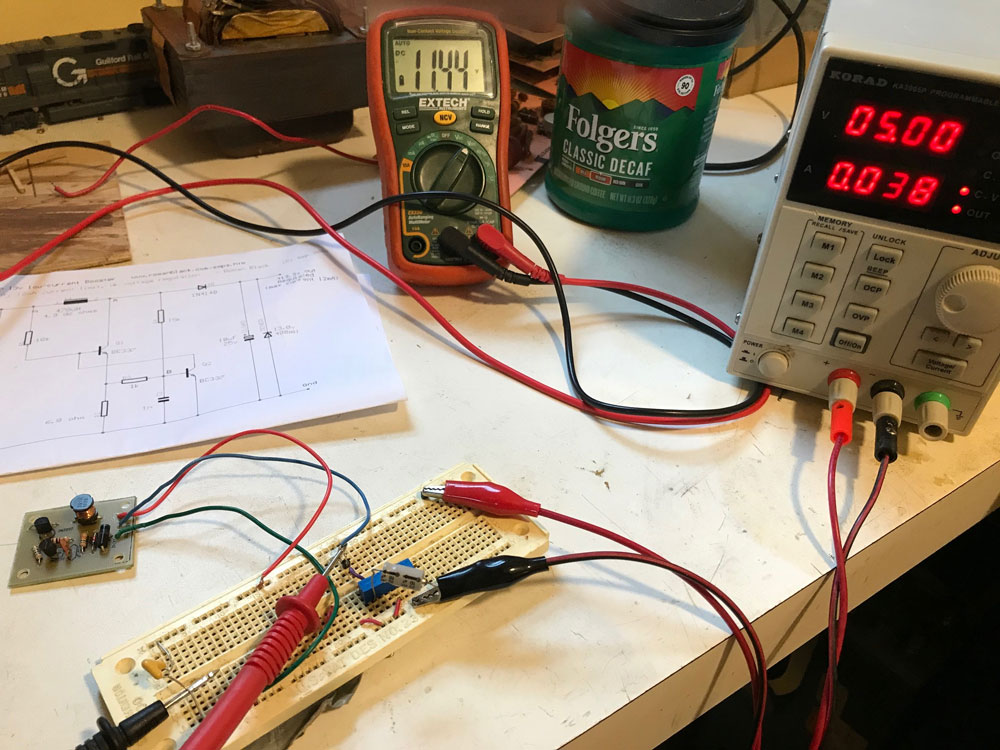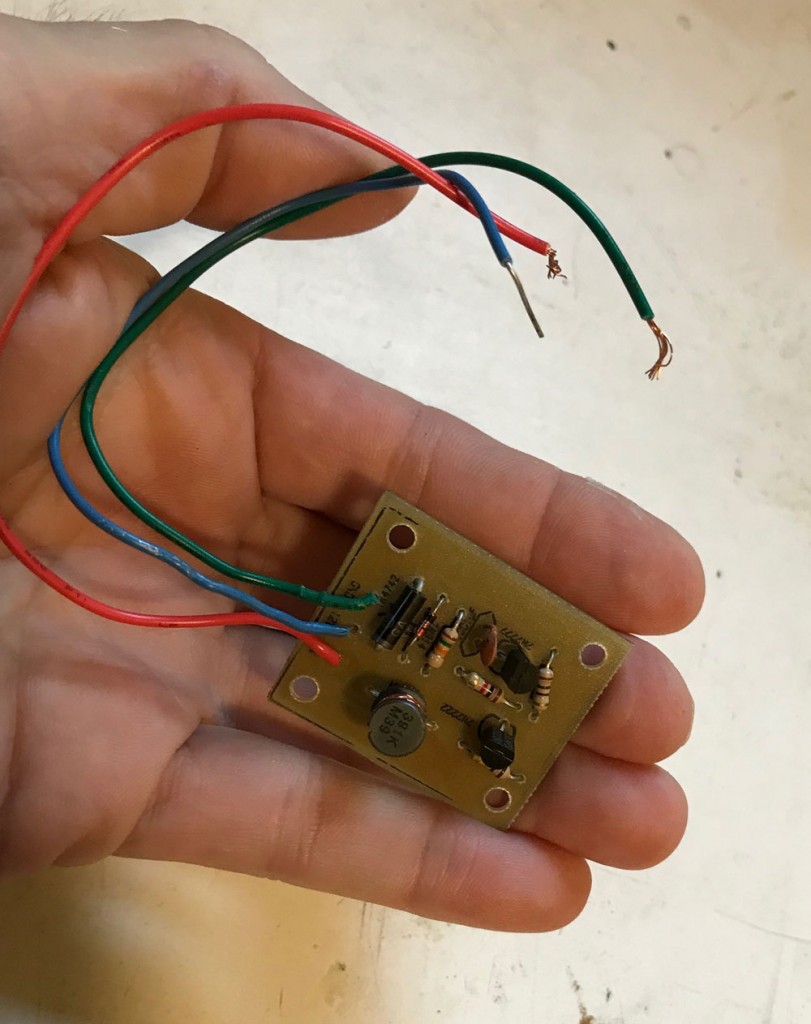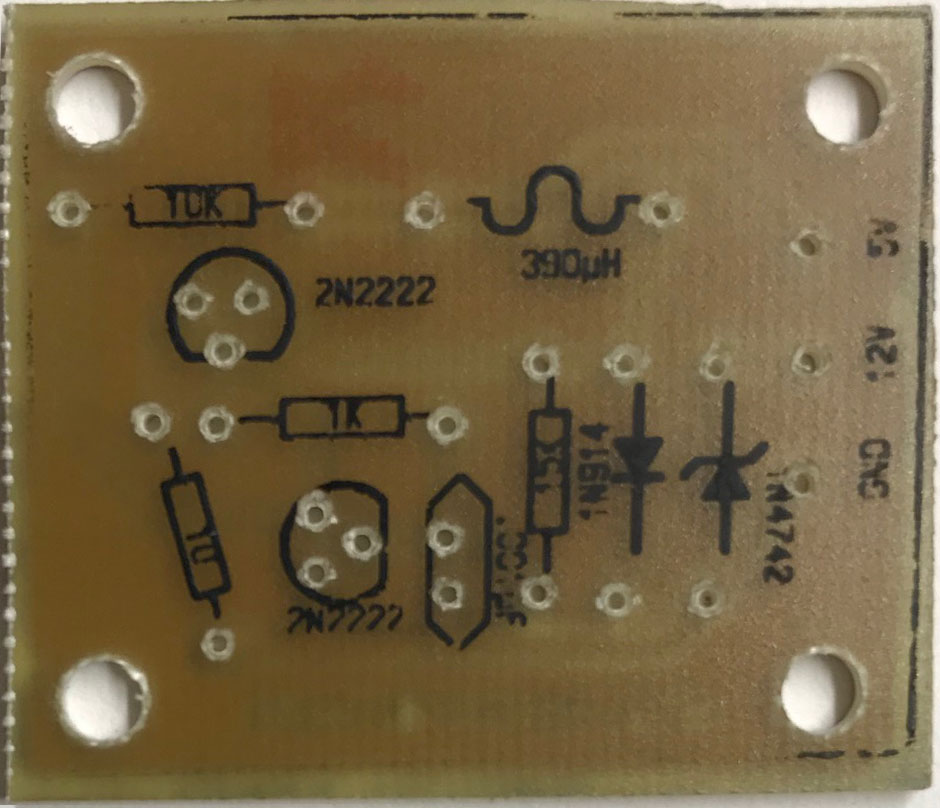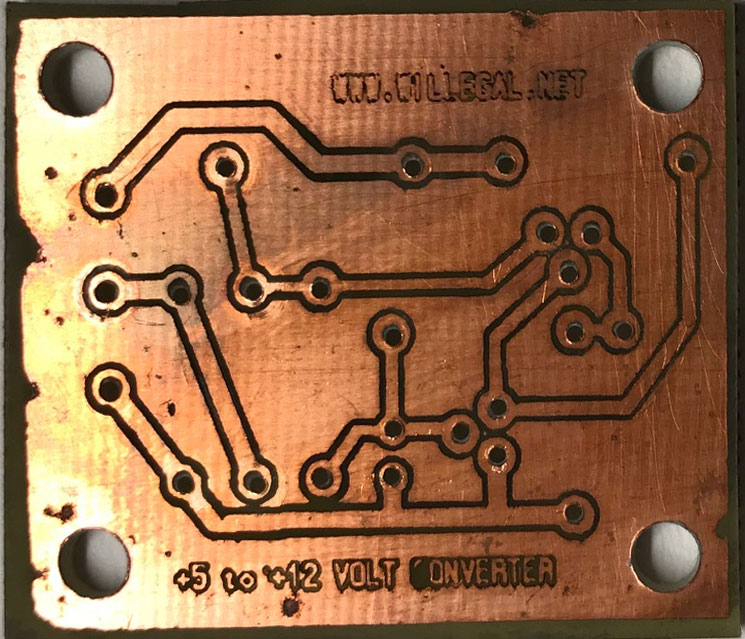This series of posts will be a detailed review and commentary about the MPS10 Microprocessor Set manual that I recently acquired. First I’ll provide a bit of background.
I first encountered information about the Digital MPS-10 8008 based computer system several years ago. There is a lot of information about this system in the bitsavers archive at: http://www.bitsavers.org/pdf/dec/mps/. In fact, there is nearly enough information online, to enable someone to build a reproduction of the hardware. However software information is very sparse.
When I won the recent eBay auction for a DEC MPS10 manual, I wasn’t sure what I had won. In fact, I had forgotten about the bitsavers information that I had already downloaded and examined. After reviewing this manual and comparing to the information downloaded from the bitsavers website, I’m pretty well convinced that this manual was a DEC internal product plan of some sort. What makes this manual interesting, is the perspective it gives the modern reader, regarding marketing potential of the microprocessor based systems that were just coming into existence and their potential impact on the mini-computer business. As a mini-computer industry veteran, I figure I can provide a unique analysis of this document.
I plan on reviewing this document section by section and I’ll start with the first 5 pages, which is an overview of just what a microprocessor was.
To start with, the introduction in this “book” describes the microprocessor and the system made up with a microprocessor. It notes that the complete microprocessor system ends up being made up of from 25 to 40 ICs, quite a few more than in theory. It also notes that future systems will benefit from N-channel MOS and bipolar TTL, which will contribute greatly to increased speeds in future devices.
The next paragraph describes the advantages of microcomputers. This section compares microprocessors primarily to special-purpose logic, rather than mini-computers. The listed advantages over special purpose logic include faster product design time, changes easier to implement and an increase of reliability.
The next section compares the microcomputer to the minicomputer. Differences are described in a chart and include the optional use of core memory in the minicomputer. Software on the minicomputer is described as being more complete and comprehensive compared to more basic tools for the microprocessor. In addition, programs must be created off-line on a more capable host machine, such as a PDP-8 in the case of the microprocessor. Price is listed as medium on the minicomputer versus low on the microcomputer. The last comparison is support and service, where the microcomputer is listed as having no field service compared to the full field service available to the minicomputer owner/operator.
While this information seems rather basic and obvious to the modern reader, remember that microprocessors were brand new devices at the time, and the authors believed that they needed to cover the basics of the microprocessor. Also keep in mind that the authors worked for DEC, which generated a vast majority of it’s current revenue directly or indirectly from the PDP series of mini-computers. Though the authors were obviously excited about the possibilities of the microprocessor, they apparently needed to make sure that the reader understood that the microcomputer was supposed to be a replacement for special logic designs, not a replacement for DECs successful line of mini-computers.

